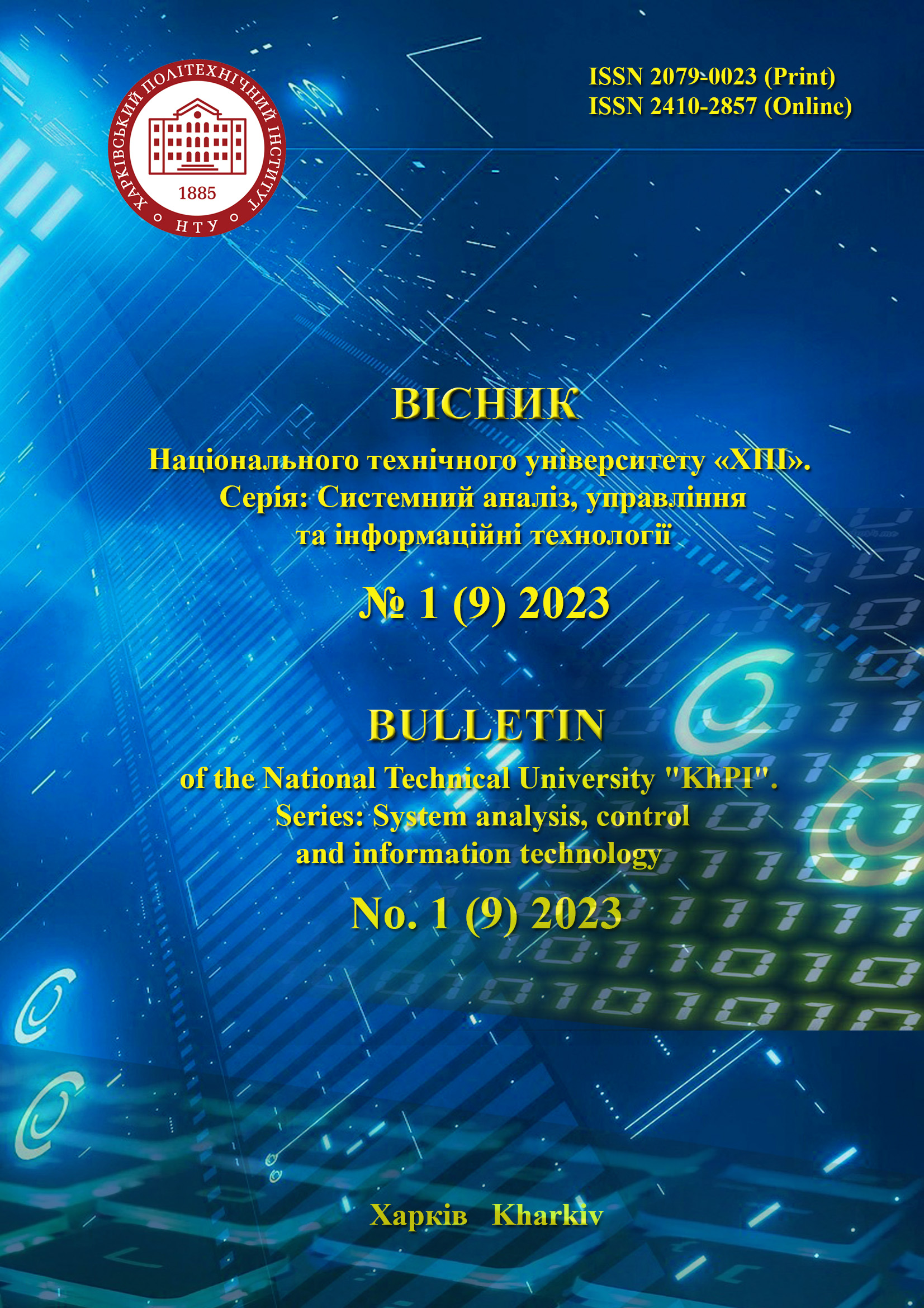USING LONG SHORT-TERM MEMORY NETWORKS FOR NATURAL LANGUAGE PROCESSING
DOI:
https://doi.org/10.20998/2079-0023.2023.01.14Keywords:
natural language processing, neural network, natural language, long short-term memory networks, text classification, emotional text analysisAbstract
The problem of emotion classification is a complex and non-trivial task of language interpretation due to the natural language structure and its dynamic nature. The significance of the study is in covering the important issue of automatic processing of client feedbacks, collecting opinions and trend-catching. In this work, a number of existing solutions for emotion classification problem were considered, having their shortcomings and advantages illustrated. The evaluation of performance of the considered models was conducted on emotion classification on four emotion classes, namely Happy, Sad, Angry and Others. The model for emotion classification in three-sentence conversations was proposed in this work. The model is based on smileys and word embeddings with domain specificity in state of art conversations on the Internet. The importance of taking into account the information extracted from smileys as an additional data source of emotional coloring is investigated. The model performance is evaluated and compared with language processing model BERT (Bidirectional Encoder Representations from Transformers). The proposed model achieved better performance at classifying emotions comparing to BERT (having F1 score as 78 versus 75). It should be noted, that further study should be performed to enhance the processing by the model of mixed reviews represented by emotion class Others. However, modern performance of models for language representation and understanding did not achieve the human performance. There is a variety of factors to consider when choosing the word embeddings and training methods to design the model architecture.
References
Graves A., Schmidhuber J. Framewise phoneme classification with bidirectional LSTM and other neural network architectures. Neural Networks. 2005, vol.18(5), pp.602–610.
Srivastava N., Hinton G., Krizhevsky A., Sutskever I., Salakhutdinov R. Dropout: A simple way to prevent neural networks from overfitting. Journal of Machine Learning Research. 2014, vol. 15, pp. 1929–1958.
Daniiel Y., Onyshchenko K. Implementation of Recursive Deep Learning Algorithms for Natural Language Processing. Information Systems and Technologies 2021. Kharkiv-Odesa, 2021, pp. 141–145.
Afanasieva I., Golian N., Hnatenko O., Daniiel Y., Onyshchenko K. Data exchange model in the internet of things concept. Telecommunications and Radio Engineering. 2019, vol. 78(10), pp. 869–878.
Collobert R., Weston J., Bottou L., Karlen M., Kavukcuoglu K., Kuksa P. Natural language processing (almost) from scratch. CoRR, 2011, pp. 201–244.
Joulin A., Grave E., Bojanowski P., Mikolov T. Bag of tricks for efficient text classification. CoRR, 2016, pp. 11–32.
Otter D.W., Medina J.R., Kalita J.K. A survey of the usages of deep learning in natural language processing. CoRR, 2018, pp. 112–123.
Allen J. Natural Language Understanding. 2nd ed. Benjamin-Cummings Publishing Co., Inc. Redwood City, CA, USA, 1995. 512 p.
Gupta U., Chatterjee A., Srikanth R., Agrawal P. A sentiment-and-semantics-based approach for emotion detection in textual conversations. In neu-ir: the SIGIR 2017 workshop on neural information retrieval. 2017, pp. 21–28.
Jurafsky D., Martin J.H. Speech and language processing: an introduction to natural language processing, computational linguistics, and speech recognition. Upper Saddle River, NJ, USA, Prentice Hall PTR, 2000. 1044 p.
Christopher M., Schütze H. Foundations of Statistical Natural Language Processing. MIT Press, Cambridge. MA, USA, 1999. 718 p.
Yao L., Guan Y. An Improved LSTM Structure for Natural Language Processing, 2018 IEEE International Conference of Safety Produce Informatization (IICSPI). Chongqing, China. 2018, pp. 565–569.
Korti S. S., Kanakaraddi, S. G. Depression detection from Twitter posts using NLP and Machine learning techniques, 2022 Fourth International Conference on Emerging Research in Electronics, Computer Science and Technology (ICERECT). Mandya, India. 2022, pp. 1–6.
Sharma D., Dhiman C., Kumar D. Automated Image Caption Generation Framework using Adaptive Attention and Bi-LSTM, IEEE Delhi Section Conference (DELCON). New Delhi, India, 2022, pp. 1–5.
Aziz A. A., Diamal E. C., Ilyas R. Paraphrase Detection Using Manhattan's Recurrent Neural Networks and Long Short-Term Memory, 6th International Conference on Electrical Engineering, Computer Science and Informatics (EECSI), Bandung, Indonesia. 2019, pp. 432–437.
Yang H., Feng Y. Authoritative Prediction of Website Based on Deep Learning. IEEE Fourth International Conference on Big Data Computing Service and Applications (BigDataService). Bamberg, Germany, 2018, pp. 208–212.
Downloads
Published
How to Cite
Issue
Section
License

This work is licensed under a Creative Commons Attribution 4.0 International License.
Authors who publish with this journal agree to the following terms:
- Authors retain copyright and grant the journal right of first publication with the work simultaneously licensed under a Creative Commons Attribution License that allows others to share the work with an acknowledgement of the work's authorship and initial publication in this journal.
- Authors are able to enter into separate, additional contractual arrangements for the non-exclusive distribution of the journal's published version of the work (e.g., post it to an institutional repository or publish it in a book), with an acknowledgement of its initial publication in this journal.
- Authors are permitted and encouraged to post their work online (e.g., in institutional repositories or on their website) prior to and during the submission process, as it can lead to productive exchanges, as well as earlier and greater citation of published work (See The Effect of Open Access).


